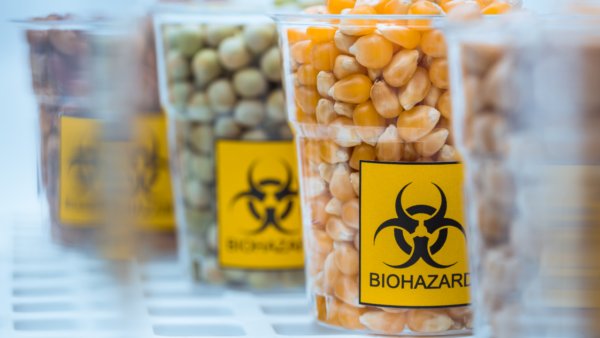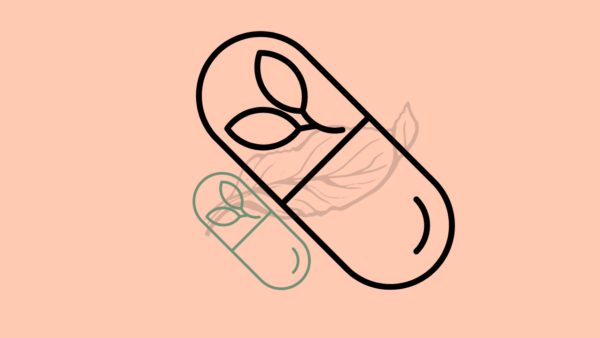Here at 12 Strays, we make sure that our dog treats are super-reputable. But just in case, here’s a list of the dog-treat-borne illnesses; how they happen; and how to treat them (no pun intended) in case they do happen:
![[Home remedies for dogs: Treating 7 Common Ailments Without Expensive Veterinary Bills]](https://12strays.com/wp-content/uploads/2023/02/dog-home-remedies-health.png)
I: The Illnesses
While it’s important to note that dog treats themselves do not typically transmit illnesses, improper handling and storage of treats can lead to bacterial contamination, which can cause a variety of health issues in dogs. Here are 7 common illnesses that can be transmitted through contaminated dog treats:
- Salmonella: Symptoms include vomiting, diarrhea, and fever.
- E. coli: Symptoms include diarrhea, vomiting, and fever.
- Campylobacter: Symptoms include diarrhea, vomiting, and fever.
- Listeria: Symptoms include vomiting, diarrhea, and fever.
- Clostridium perfringens: Symptoms include vomiting and diarrhea.
- Staphylococcus aureus: Symptoms include skin infections, abscesses, and vomiting.
- Streptococcus: Symptoms include fever, vomiting, and diarrhea.
To help prevent these illnesses from occurring in the first place, it’s important to store and handle dog treats properly. Make sure to:
- wash your hands thoroughly before and after handling treats
- keep treats in a dry, cool place
- dispose of any treats that appear to be moldy or spoiled.
Additionally, if your dog develops any of these symptoms, it’s important to talk to your vet immediately to keep your pet safe.
II: How They Happen
Here are some ways that your dog’s treats can pick up harmful germs.
- Poor hygiene: If the person handling the treats has poor hygiene practices, they can introduce harmful bacteria to the treats. For example, not washing their hands before handling the treats or using a dirty container to store the treats.
- Contaminated ingredients: The ingredients used to make the dog treats can be contaminated with harmful bacteria, such as salmonella or E. coli, during harvesting, processing, or transport.
- Cross-contamination: Dog treats can become contaminated if they touch surfaces or utensils that are contaminated with germs. For example: if a cutting board is used to prepare raw chicken, and then used to cut up treats, without being washed in between.
- Improper storage: If dog treats are not stored at the correct temperature, it can create an environment where bacteria can grow and multiply. For example, leaving treats in a warm, humid area or not properly sealing the container they are stored in.
- Infected animals: If the animal that the treats are made from is infected with harmful bacteria, the treats made from their meat could also be contaminated.
- Poor manufacturing practices: If the manufacturer of the dog treats does not follow proper hygiene and safety practices during production, it can introduce harmful bacteria to the treats.
- Contaminated water or soil: If the water or soil used to grow ingredients for the dog treats is contaminated with harmful bacteria, it can transfer to the final product.
Remember, not all dog treats are created equal, and some may be more prone to contamination than others. To help prevent this, it’s important to:
- choose treats from good makers (like us!)
- store them properly in a cool, dry place
- follow instructions on packaging
If you’re concerned that your pup may have eaten contaminated treats, it’s important to contact your veterinarian for ways to help your dog.
III: How to Treat Them
The treatment for each above-listed illness may vary depending on the severity of the symptoms; the age and overall health of the dog. Also, it depends on the specific organism causing the illness. Here are some general guidelines for treating the seven illnesses listed earlier:
- Salmonella: The treatment for salmonella in dogs usually involves supportive care such as fluids, electrolyte replacement, and bland food. In severe cases, antibiotics may be necessary. It’s important to keep your dog isolated from other pets and to practice good hygiene to prevent the spread of the bacteria.
- E. coli: Treatment for E. coli infections in dogs is usually supportive care, such as fluids and electrolyte replacement, to help manage symptoms. In some cases, antibiotics may be necessary.
- Campylobacter: Campylobacter infections are usually treated with supportive care, such as fluids and electrolyte replacement. Antibiotics may be necessary in severe cases.
- Listeria: Treatment for listeria in dogs is usually supportive care, such as fluids and electrolyte replacement. Your dog may also need antibiotics to treat the infection.
- Clostridium perfringens: The treatment for clostridium perfringens usually involves supportive care, such as fluids and electrolyte replacement. A bland diet may be necessary. In some cases, antibiotics may be necessary.
- Staphylococcus aureus: Treatment for staphylococcus aureus infections in dogs usually involves antibiotics to treat the infection. Supportive care such as fluids and wound care may be necessary.
- Streptococcus: Treatment for streptococcus infections in dogs usually involves antibiotics to treat the infection. Supportive care such as fluids and electrolyte replacement may be necessary.
It’s important to note that the best way to treat these illnesses will depend on the specific circumstances and symptoms of the dog. This means it’s important to consult with a veterinarian for a proper diagnosis and treatment plan. But you can still avoid taking them to the vet, unless they begin to weaken dramatically or have seizures. Additionally, if you suspect that your dog may have a bacterial infection, it’s important to take precautions to prevent the spread of the infection to other pets and humans. Make sure to practice good hygiene when handling and preparing food for your pets.
Here is a great book on how to take care of your dog at home – it taught me a lot!
BOOK


